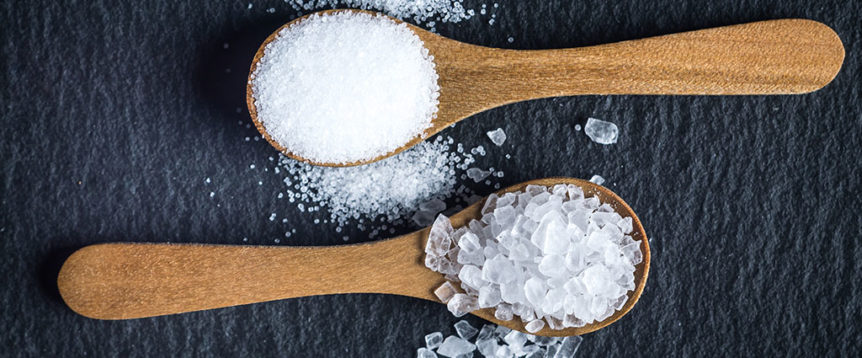The United States is a salt-obsessed society, with nine out of 10 Americans consuming too much sodium, according to the Centers for Disease Control and Prevention. In fact, the average American consumes 3,400 milligrams of sodium a day—more than twice the 1,500 milligrams the American Heart Association (AHA) recommends. Luckily following a low sodium diet is possible — but it means checking your labels.
An often-unrealized fact is that more than 75 percent of sodium consumption comes from processed foods and eating out, not the saltshaker on your dinner table. Research has shown that excess levels of sodium lead to increased risk for high blood pressure, stroke, heart disease, osteoporosis, stomach cancer, kidney disease, kidney stones and increased water retention, which often leads to puffiness, bloating and weight gain. Your body does need sodium to maintain critical fluid balances, transmit nerve impulses, and contract and relax your muscles; however, less than 500 milligrams is required each day to perform these crucial functions.
So how can you monitor how much salt you’re consuming?
Know the “Salty Six.” Lurking beyond the processed and fast foods, many everyday foods have a lot of hidden salt. According to the AHA, the “Salty Six” is a list of six popular foods that are likely adding the highest levels of sodium to your diet:
- breads & rolls
- pizza
- sandwiches
- cold cuts & cured meats
- soup
- burritos & tacos
Take stock. It is also important to assess the items in your pantry, refrigerator and freezer. If you are finding canned tomato sauce, canned soup, salad dressing, premade frozen dinners and/or soy sauce, they may just be the worst culprits in your battle against salt.
Know the facts. On packaged products, reading nutritional facts, paying attention to serving size and learning the “label lingo” can also help you monitor your sodium intake. Be aware that sodium content can drastically differ from one brand to another. Be vigilant, and reduce or replace those items that register high in sodium.
Most Americans became addicted to the taste of salt when they were children. It takes three to four weeks to retrain your taste buds, but then your flavor preferences will adjust and become more sensitive, allowing you to enjoy foods just as much, even when on a low salt diet. And your heart will thank you, too.

